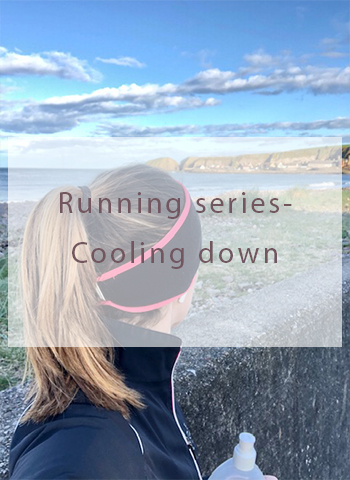I’m currently writing a Running series for the blog on all things running related to improve your training and provide useful tips. You can read the previous posts on Warming Up here, and on Strength Training Prescription for Runners here. Today’s post is on the Cool Down. There is also a previous post on Returning to Running Postnatally.
During running your muscles are constantly contracting and relaxing to withstand the repetitive loads and reacting to the ground reaction forces as you pound the pavement/ground. The muscles act to absorb these forces and transfer the load appropriately up the kinetic chain/lower limb.
Stretching after your run is now well-known to have little impact on injury prevention measures, since the majority of injuries in running are either caused by an acute accident, or overuse; neither of which can be prevented from stretches. See the post on Strength training in running for how to prevent running injuries.
So why would we cool down after running?
Cooling down post-run is a good conclusion to your workout. A well structured cool down can differentiate from training pace to returning to normal levels, physically and mentally. Psychologically, this phase acknowledges the end point and allows you to stop pushing further, return to a state of calmness, and normal breathing patterns. But what should we actually do in our running cool down?
The process of completing stretches post-run can relieve the tightness feeling within the muscle from the constant contraction built up in your run. Stretches held for as little as 5-30 seconds can reduce muscle-tendon stiffness and increase joint range of motion. Stretches that are held for less than 45 seconds have no detrimental effect on performance and are therefore safe to do so. Stretches held beyond 60seconds however can reduce performance and should be avoided if you are training again soon. There should be no need to stretch for this long post-run if research supports the 5-30second durations anyway.
Stretching, if accompanied by slower breathing patterns can also stimulate your parasympathetic system (the rest and digest system, in opposition to your fight and flight system), which promotes the slowing of your heart rate, conservation of energy, and a general sense of relaxation throughout the body.
As per warm up guidelines, a post-run cool down should also include:
- 5-10 minutes gentle jog/walk- to gradually reduce pace and return body to normal levels, without a sudden stop in pace
- 6-8 dynamic movement drills– to take the body gently from the rapid run pace to normal paces and relieve tightness that may be felt within the muscles. These drills differ greatly to those in the warm up.
Suggested dynamic movement drills:
The idea here is to flow from one movement to the next. Pause in each position for 5-10 seconds and then move on. You can repeat the sequence a few times until you feel the benefits. This would work great as a daily maintenance routine, as well as after your runs.
Roll down to downward dog
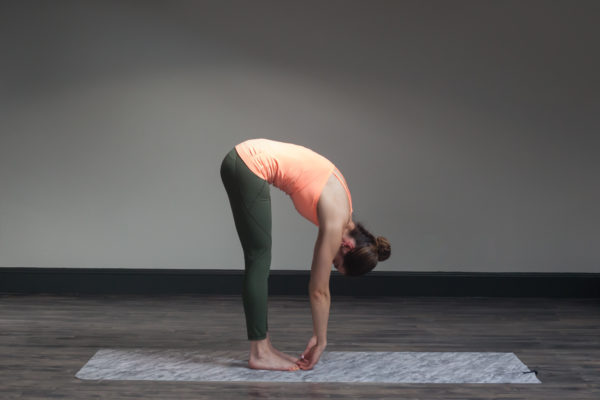
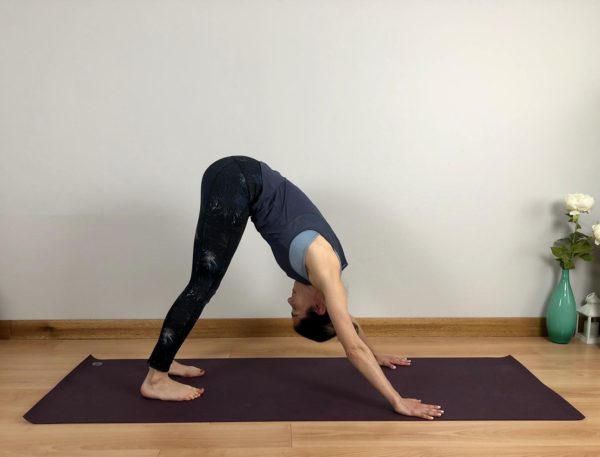
Lunge with a spine twist
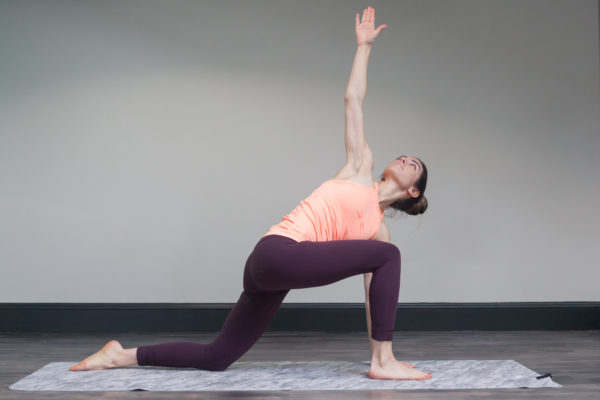
Hamstring sit stretch
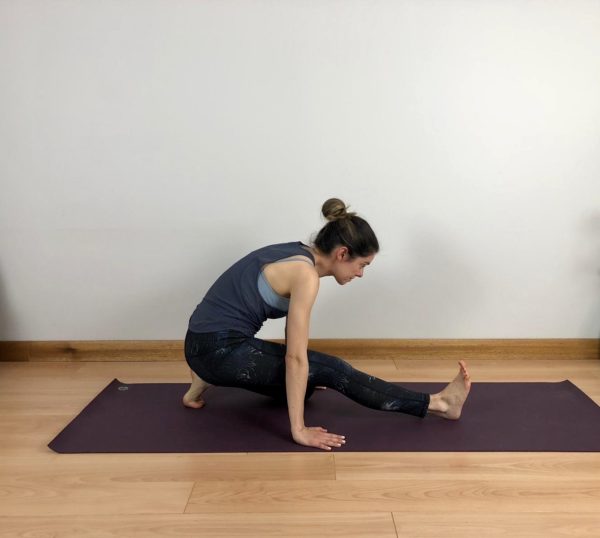
Gluteal swan stretch
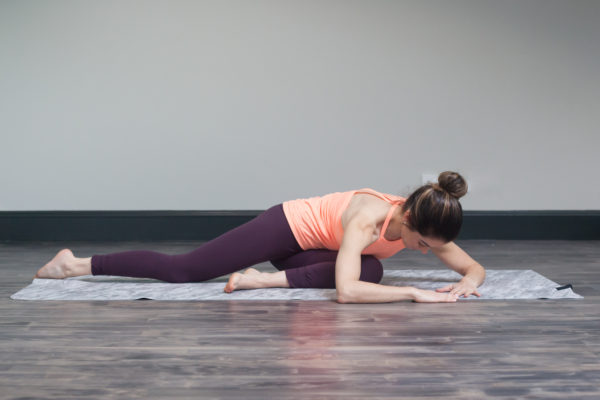
Plantar fascia stretch with chest opening
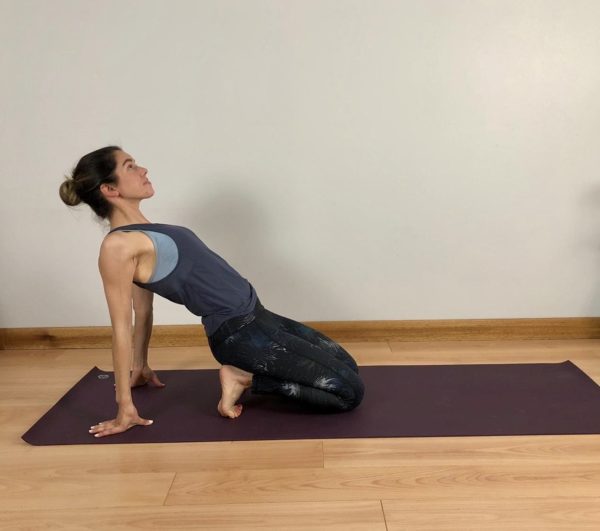
Reference:
Br J Sports Med. Nov 2019. 10.1136/bjsports-2019-101169 on 6 November 2019.

